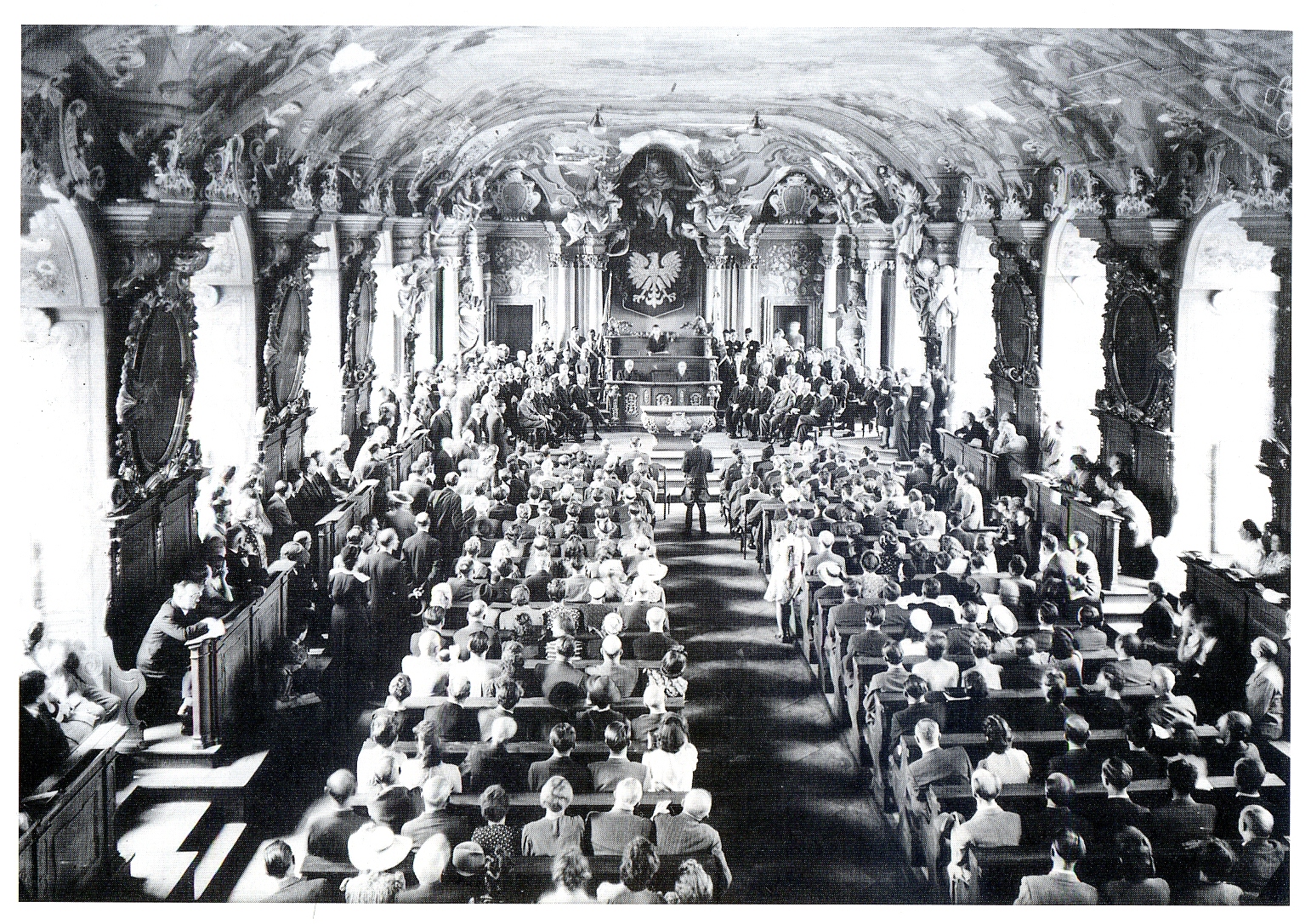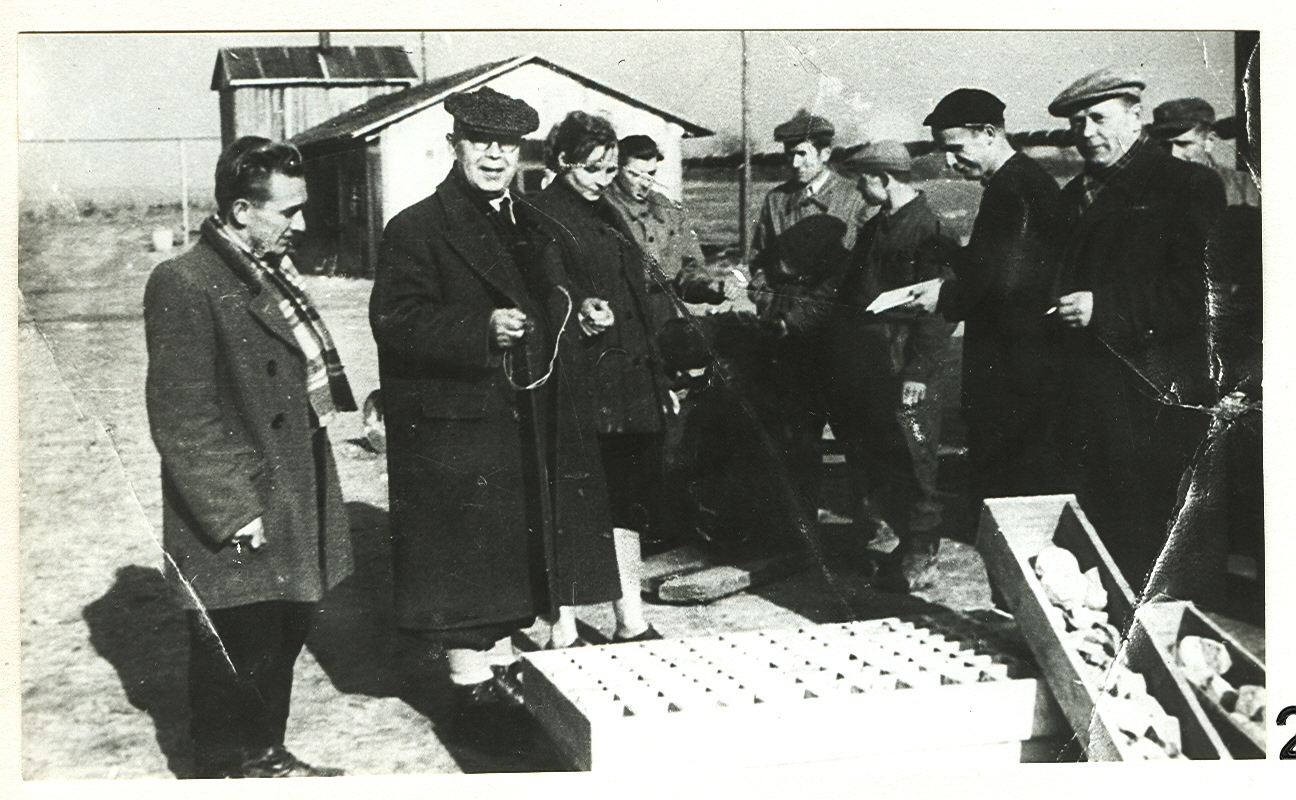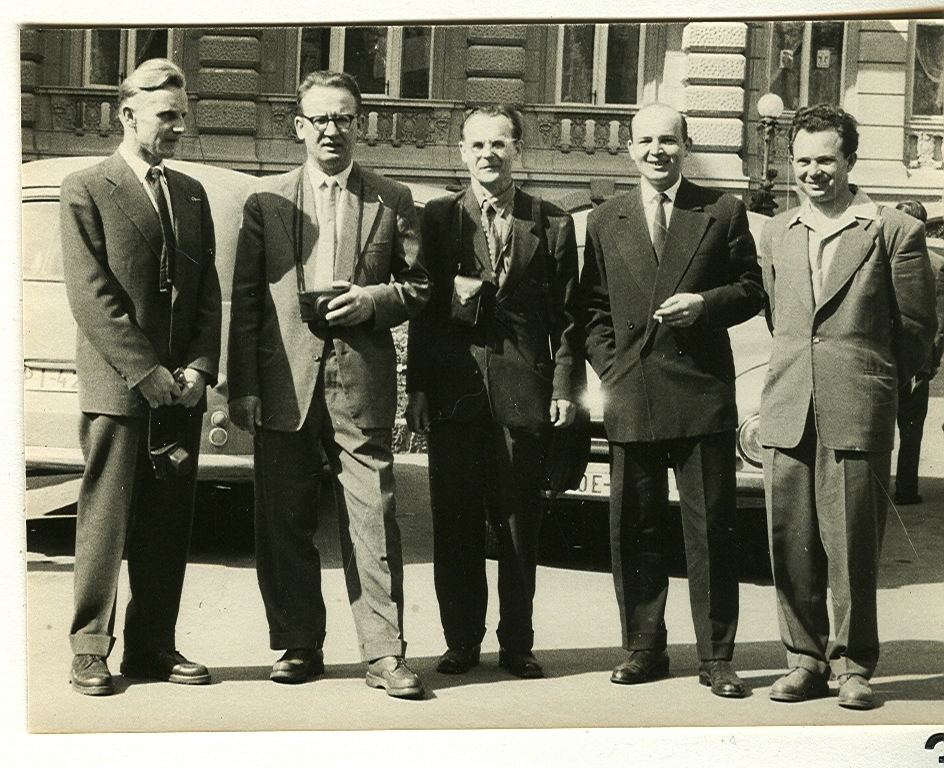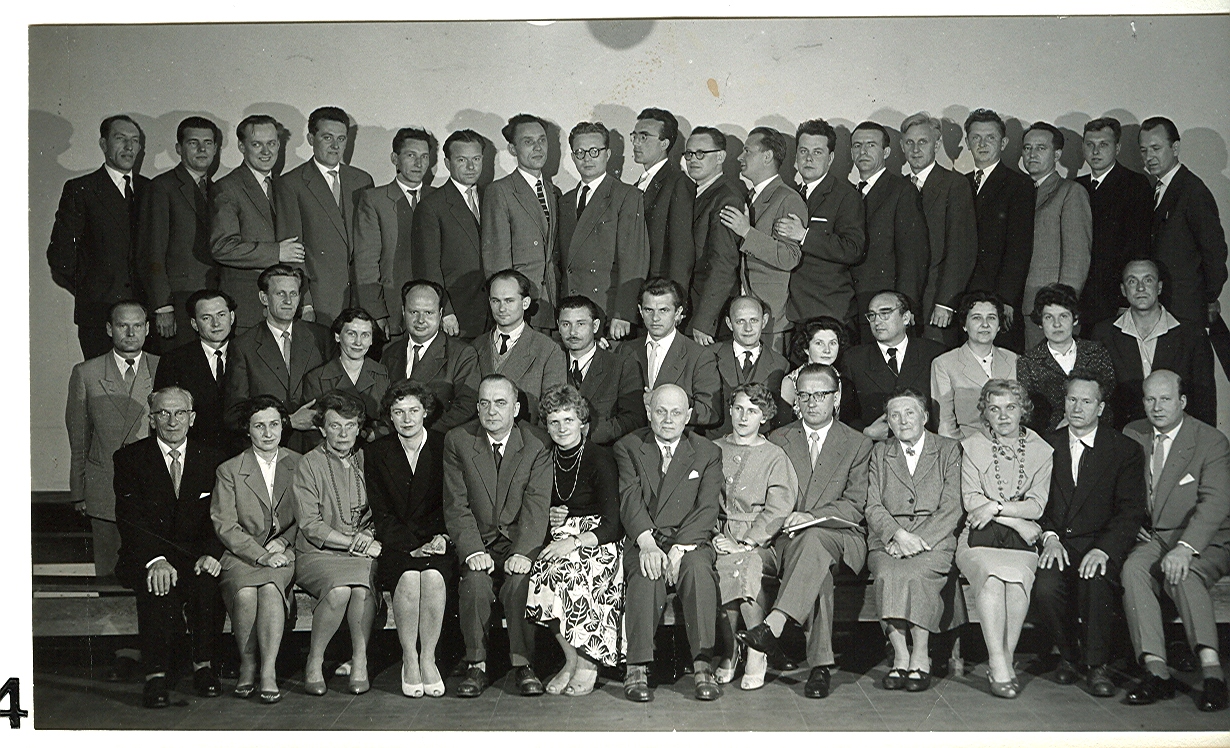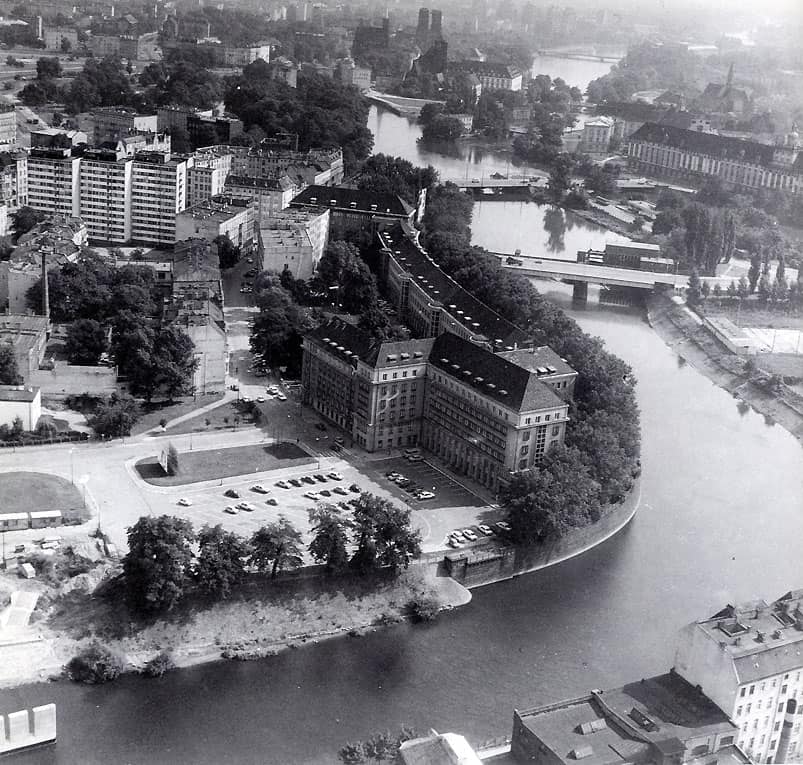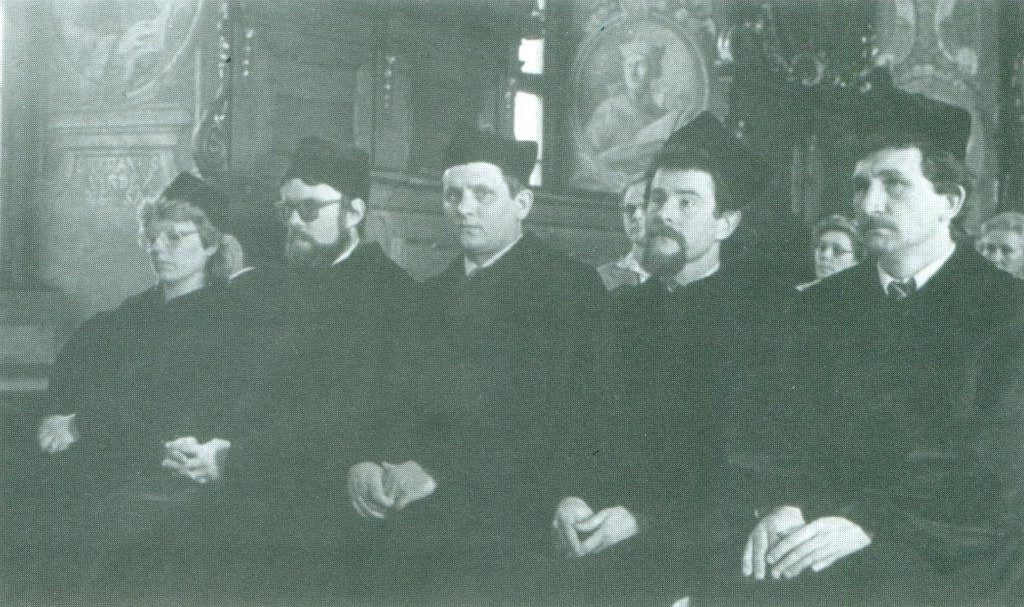
History of the Institute
The emergence of mineralogy as a science is closely linked to the region of Lower Silesia. This area was one of the regions where medieval mining transformed into modern mineralogy and geology. The beginnings of teaching broadly understood geology – previously geognosy – in Wrocław are difficult to determine, but lectures were already held in the second half of the 18th century at the former higher education institution run by the Jesuits – the predecessor of the current University. The breakthrough period for the development of geological sciences is considered the beginning of the 19th century and the establishment of the Friedrich Wilhelm University of Silesia in Wrocław. Since then, scientific activity in the field of geological and mineralogical sciences has been at a very high level. Notable figures who worked here include the crystallographer M.L. Frankenheim, physicist G. Kirchhoff, chemist R. Bunsen, and botanist H.R. Goppert. The Department of Geognosy and the Mineralogical Cabinet were established at the University.
The development of geological sciences can be divided into two main periods. The first is the years 1811–1945, while the second begins in already Polish Wroclaw after 1945.
19th century
The first director of the Mineralogical Cabinet, as well as a professor of mineralogy and geology, was Karl von Raumer, a former mining counselor in the Berlin Ministry of Mining. His 1811 publication contradicted his teacher Werner’s theories, aligning instead with plutonist perspectives and British geologists’ opinions. Raumer is often associated with the earliest geological explorations of the Karkonosze Mountains. His efforts led to the placement of the purchased mineralogical collection on Kuźnicza Street, a location that later formed the nucleus of the Mineralogical Museum. After Raumer’s departure from Wrocław, H. Steffens took over geology lectures. Steffens authored a comprehensive 4-volume mineralogy textbook and, in 1811, identified a new mineral – ilvaite. He also published research on the geology of the Sudeten Foreland and the contact points of coal seams with porphyry veins. Notably, the early development of geology in the Silesian region involved Polish figures, like A. Kaluza, who wrote a 1819 textbook providing the earliest account of Silesian minerals. The years 1832-1855 mark the end of the active scientific and educational activity of the mineralogist E. F. Glocker. After Steffens’ departure, Glocker assumed the roles of a mineralogy professor and director of the Mineralogical Cabinet. He established his scientific legacy, ushering in a new phase of intensive mineralogical development in Wrocław. Glocker’s significant accomplishments encompass the discovery of nine new minerals, including cyanotrichite, celadonite, and chalcostibite. Noteworthy too is the period from 1836 to 1854 when distinguished crystallographer and physicist M.L. Frankenheim delivered select lectures on mineralogy and introduced the concept of spatial networks.
From 1855 to 1887, Wrocław experienced a period of active involvement by the renowned geologist and paleontologist, Ferdinand Roemer. The growth and progress of the Geological-Paleontological Institute and Geological Museum, initially affiliated with the Department of Geology and Mineralogy at the University of Silesia, were greatly influenced by Professor Roemer. He held leadership of the Department of Geology and Mineralogy from 1855 until his passing in 1891. F. Roemer also played a pivotal role in the establishment of the Geological Museum, which was exceptionally advanced in its era regarding exhibition techniques and the curation of specimens. Following 1897, a restructuring of scientific entities took place, resulting in the establishment of institutes. This led to substantial expansion in the exhibition areas of the Geological Museum. The enlarged facility also facilitated greater enrollment of students and interns. Professor Roemer had a unique talent for building collaborations. One of his associates was Friedrich Martin Websky, employed at the Higher Mining Office in Wrocław. During the establishment of the new museum, Websky emerged as a close collaborator of Roemer. The creation of the mineralogical and Silesian sections within the Mineralogical Museum was chiefly attributed to Websky and curator Hans Fiedler, who authored the inaugural monograph on minerals from Lower Silesia. Websky was highly regarded by his contemporaries as the foremost mineralogist in Germany during that era. He authored numerous works in the field of geology, mineralogy, optics, crystallographic studies, and discovered novel minerals.
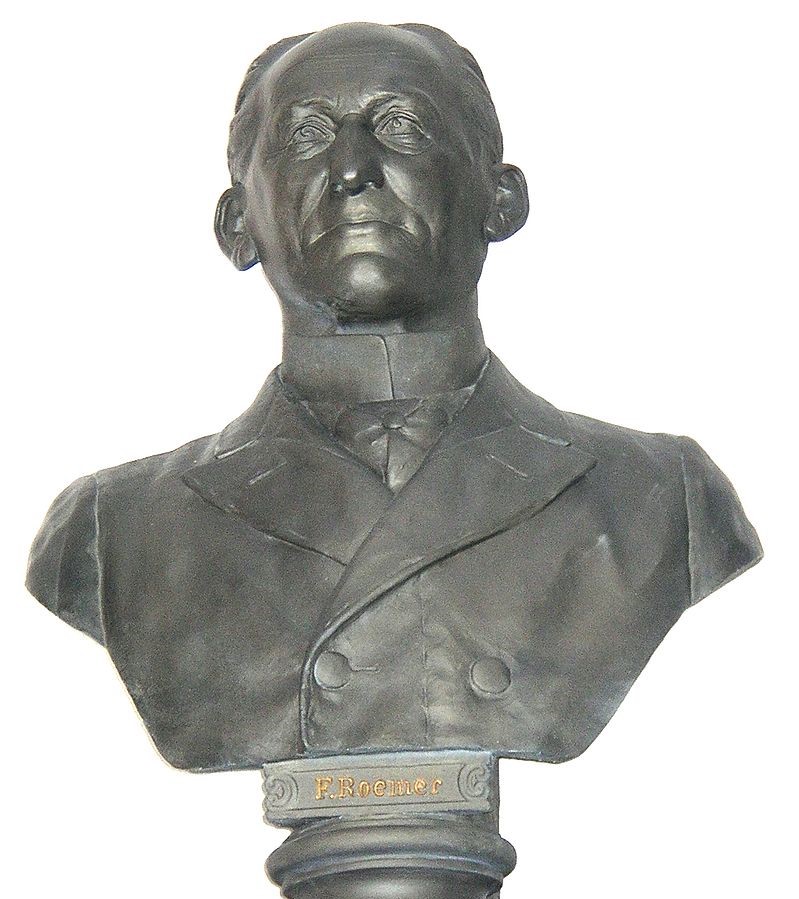
In 1868, Websky published in Wrocław an important paper that addressed the issues of specific gravity of minerals. His departure from Wrocław in 1874 paved the way for Arnold von Lasaulx, who taught mineralogy until 1880 and was already renowned for his expertise in crystal optics, including the invention of the Lasaulx lens for polarizing microscopes. Subsequent years saw lectures by eminent figures like Prof. Theodor Liebisch, Andreas Arzruni, Carl Hintze, and Johannes Georg Lehmann at the University of Wrocław. In 1897, the University of Silesia in Wrocław saw the establishment of new scientific units: the Institute of Mineralogy, the Mineralogical Museum, and the Geological-Paleontological Institute. This era marked a resurgence in mineralogical sciences at the University. Prof. C. Hintze established the esteemed Wrocław School of Mineralogy and authored a comprehensive mineralogy textbook titled Handbuch der Mineralogie, spanning over 5,000 pages.
Early 20th Century
The years preceding World War I witnessed growing focus on researching mineral resources in Lower Silesia. In 1906, under the editorial guidance of Prof. Artur Sachs, a monograph on Silesia’s mineral resources was published. In 1928, the Institute of Mineralogy merged with the Mineralogical Museum, forming the Institute of Mineralogy-Petrography and Museum.
In 1919, Hans Cloos, a distinguished geologist whose modern concepts left their mark on numerous textbooks assumed the directorship of the Institute of Geology and Paleontology. His research centered on the Sudeten Mountains’ regional geology and their forelands, as well as the geology of plutonic formations. These studies yielded particularly fruitful and captivating insights. In 1922, he authored a book dedicated to Silesia’s geological structure, becoming the pioneer regional discussion on the Sudetes’ geology and forelands. Prof. Hans Cloos achieved international recognition through his outstanding research in Wrocław, contributing to the city’s prominence as a global center for geological advancement.
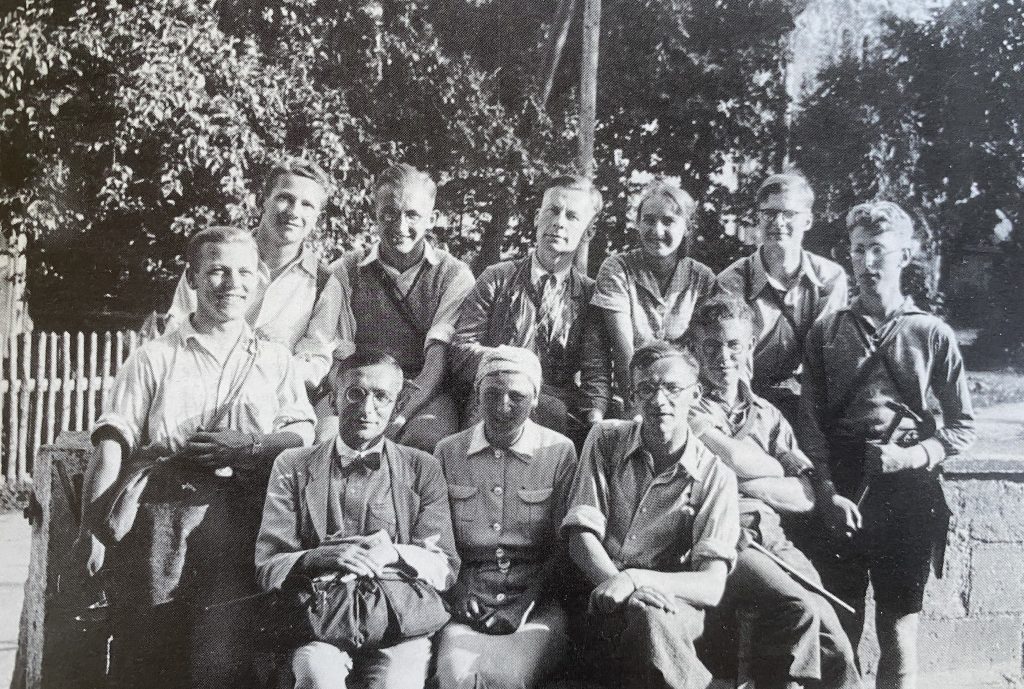
Between 1931 and 1945, Prof. Erich Bederke collaborated closely with H. Cloos at the Institute. Initially, his scientific focus was on the Kłodzko-Goldberg Massif. Bederke’s crucial contributions included two fundamental works published in 1924 and 1929 concerning Devonian deposits in the Sudetes and the tectonics of the region.
In the final years of the German era of the Institute of Mineralogy-Petrography and Museum, Prof. Kurt Spangenberg held the position of its director until 1945. His research encompassed chromites near Sobótka and nickel deposits in Szklary. Notably, Prof. Spangenberg oversaw the transportation of mineralogical and paleontological collections to Strzegom in 1945, preventing their widespread dispersal.
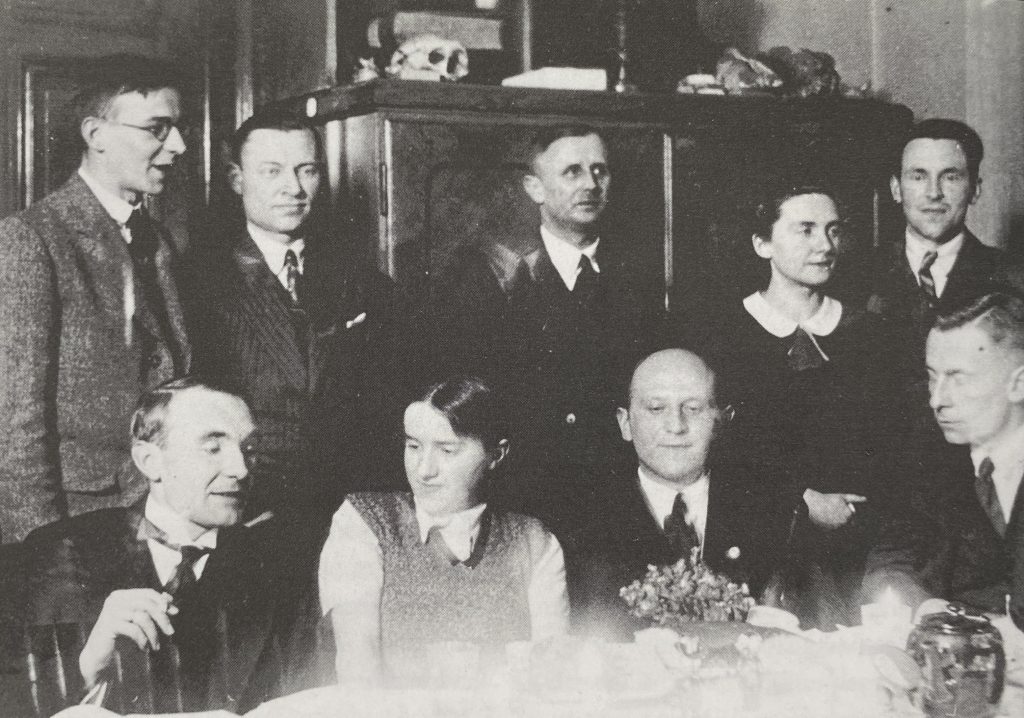
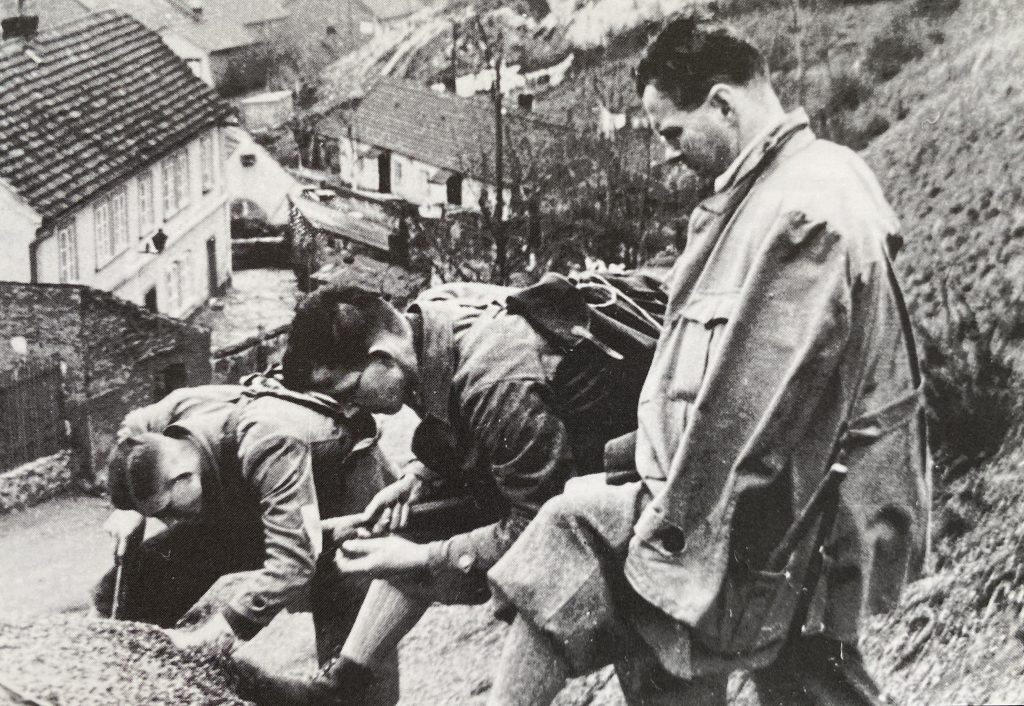
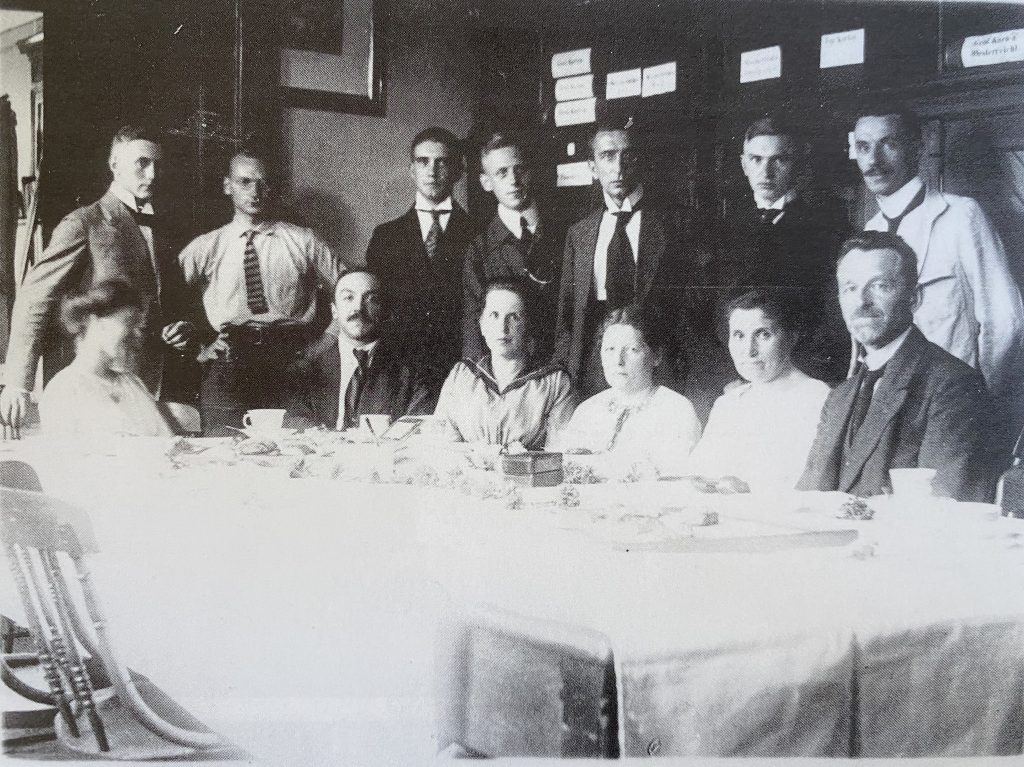
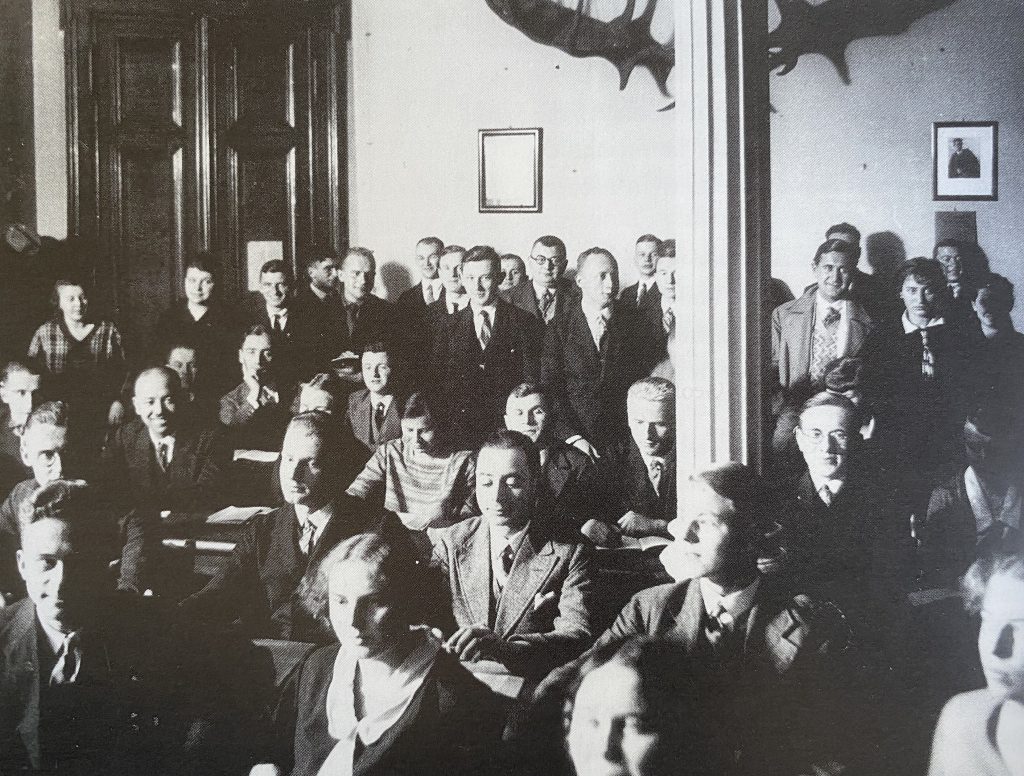
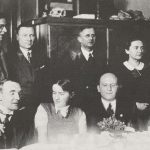
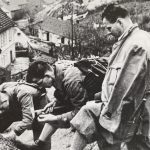
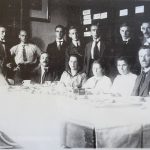
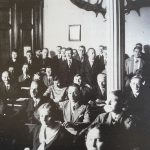
Post-1945 Era
After World War II, Wrocław’s national affiliation changed, leading to the transformation of German universities into Polish state academic institutions. The University of Wrocław and the Wrocław University of Technology were established in 1951 with a shared administration. Geology was among the first disciplines to resume. The city’s significant destruction due to the German defense of Festung Breslau posed initial challenges. Despite this, remnants from ruined buildings that once housed geology and mineralogy departments were salvaged, alongside recovered museum collections evacuated during the war. These rescued collections were housed on B. Prus Street, serving as didactic resources for early students. The limited staff initially led to a restricted curriculum, with Prof. Henryk Teisseyre teaching general geology and Prof. Mieczysław Klimaszewski instructing geomorphology. The Student Scientific Circle of Geologists was formed during the revival of geology and continues to operate.
The academic year 1946/1947 witnessed a significant expansion of educational offerings. Prof. Henryk Teisseyre delivered lectures on dynamic geology and an introduction to stratigraphic geology, while Prof. Kazimierz Maślankiewicz covered the basics of mineralogy and petrography. Students participated in both laboratory and field geological exercises for beginners and engaged in mineralogy and petrography exercises. It was also during this period that the departments of General Geology under Prof. Henryk Teisseyr and Mineralogy and Petrography under Prof. Kazimierz Maślankiewicz began to form. In 1947, Józef Oberc became the first to earn a doctorate in geology. In 1948, the Stratigraphic Geology Department was established under Prof. Józef Zwierzycki’s guidance.
In the spring of 1949, the seat of geology was relocated to the former Arbeisamt building on Cybulskiego Street, which is also its current location. Despite challenging working conditions, there was a gradual increase in the number of lectures being conducted. In the academic year 1949/1950, the inaugural batch of students completed their 4-year studies. As the 1950s dawned, the structure of the academic programs evolved into 5-year courses, accompanied by the introduction of new subjects and a rise in field activities. During this period, 222 individuals successfully earned their master’s degrees, while 5 individuals attained doctoral degrees.
From their arrival in Wrocław onwards, the Wrocław academics concurrently engaged in intensive scientific research within the Sudetes mountain range and its adjacent regions. This research endeavor yielded a series of publications that materialized gradually. Notably, Prof. Józef Zwierzycki authored a comprehensive work on mineral deposits in Lower Silesia and formulated a geological map of the Wrocław area, rendered at a scale of 1:500,000. The meticulous research and scientific framework established by Prof. Zwierzycki served as the cornerstone for devising geological-exploratory initiatives north of Wrocław, eventually leading to the uncovering of copper ore within the contemporary Legnica-Głogów Copper District. In parallel, Prof. Henryk Teisseyre, accompanied by his students, regularly published research reports centered on geological investigations in the Sudetes. In 1957, under his editorship, the collaborative work titled “Geologia regionalna Polski t.3. Sudety” [Regional Geology of Poland Vol. 3: The Sudetes] was published.
In order to streamline scientific and teaching work, the formerly separate three departments were amalgamated on 1 July 1957, forming the Group of Departments of Geology and Mineralogy, under the direction of Prof. Henryk Teisseyre. Subsequently, in 1963, the 4th Department of Dynamic Geology, headed by Prof. Oberc, was established. This amalgamated entity evolved into the Geological Institute on 1 October 1967, subsequently converted into the Institute of Geological Sciences. The inaugural director of this institute was Prof. Kazimierz Maślankiewicz, succeeded by Dr. hab. Kazimierz Dziedzic the following year. In 1969, all the individual departments underwent reorganization, transforming into distinct divisions. Furthermore, in 1960, the Association of Geologists and Alumni of the University of Wrocław was established, and its active presence continues to endure to the present day.
The collections (both library and museum items) that were saved from the turmoil of war, also underwent organization. As early as 1952, a library featuring a reading room was inaugurated, and within the corridors of the Department of Mineralogy and Petrography, the inaugural mineralogical exhibition came to life.
Simultaneously, international collaboration was blossoming, facilitating more frequent scientific research trips as well as longer scholarship visits not only to Eastern Bloc countries, but also to Finland, Sweden, France and Austria, among others. Scientific research by university geologists continued to focus mainly on the Sudetes mountain range and its neighboring regions. Notable figures of this period engaged in vital research in the Sudetes region, including individuals such as Henryk Teisseyre, Jozef Oberc, Tadeusz Gunia, Jerzy Don, Marian Dumicz, Kazimierz Dziedzic, Irena Wojciechowska, among others.
Throughout the 1970s, the Institute of Geological Sciences underwent structural changes marked by the modernization of study programs and the influx of fresh academic personnel. This period also witnessed the establishment of new laboratories and departments. The institute was concurrently enhancing its research capabilities with the acquisition of advanced scientific equipment. The culmination of these scientific activities yielded over 200 articles and more than 200 presentations, both domestically and abroad. A pivotal occurrence during this era was the awarding of an honorary doctorate to Professor Henryk Teisseyre, commemorating the 30th anniversary of the post-war University of Wrocław.
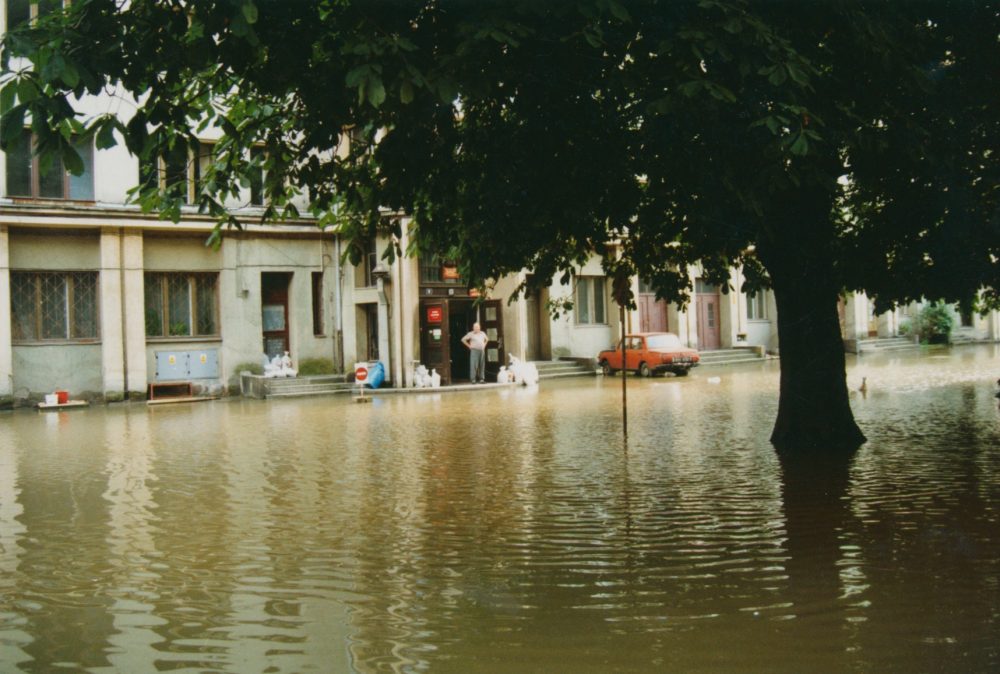
The academic year 1980/1981 marked the onset of a significant era of socio-political changes in Poland. Commencing on 1 October, the academic community embarked on efforts to democratize university life. Despite multiple study interruptions due to strikes, scientific research continued unaffected, and the curriculum remained on schedule. In 1981, the Museums were reinstated as separate Departments. Dr. Jadwiga Gorczyca-Skała became the head of the Geological Museum, while Dr. hab. Michał Sachanbiński led the Mineralogical Museum. Despite political turmoil and related challenges, the 1980s were marked by an intense scientific output from university geologists. Around 700 papers were published during this period, nearly 200 presentations were delivered, and Dr. Andrzej Grodzicki contributed to 4 jointly developed patents.
In the following years, the Institute of Geological Sciences continued to evolve its structure, establishing new Departments and Laboratories. An impactful occurrence in the institute’s history was the acquisition of the former Regional Committee building of the Polish United Workers’ Party (PZPR) located at 9 pl. M. Borna by the University. This new facility led to improved conditions for both scientific research and education. The library was also relocated to this site, incorporating the institute’s cartographic collections. Noteworthy changes also extended to the educational realm, including the approval of a two-cycle studies and the establishment of Doctoral Program in Geology.
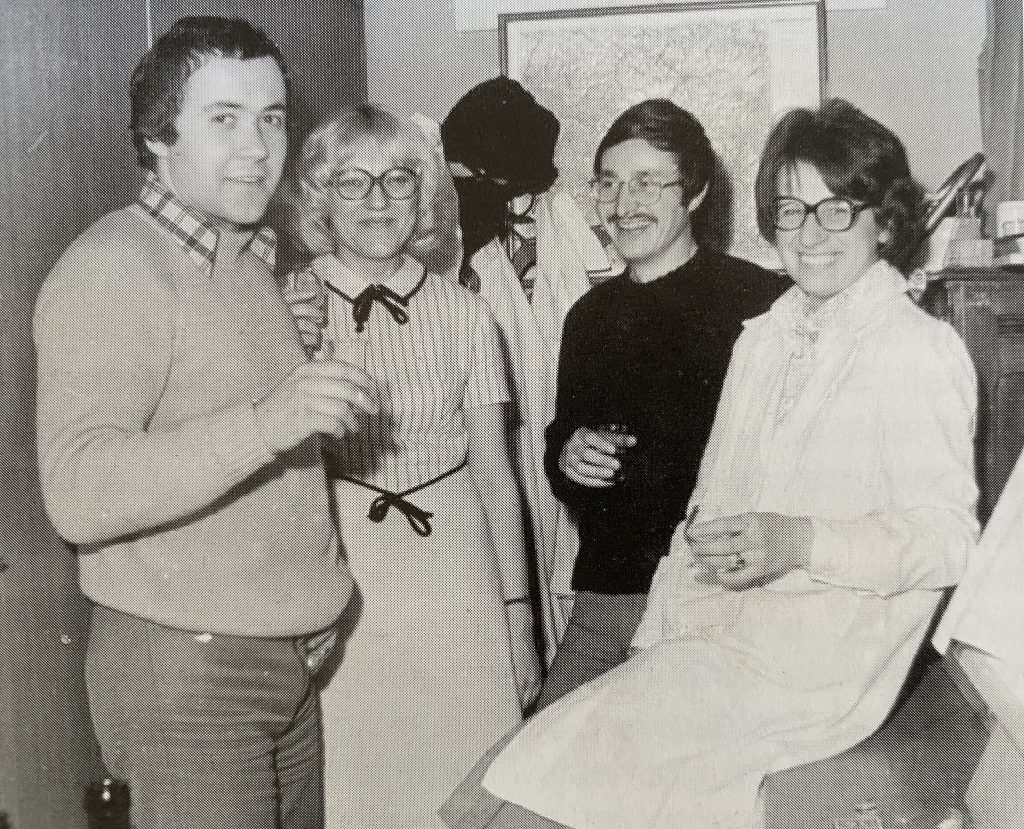

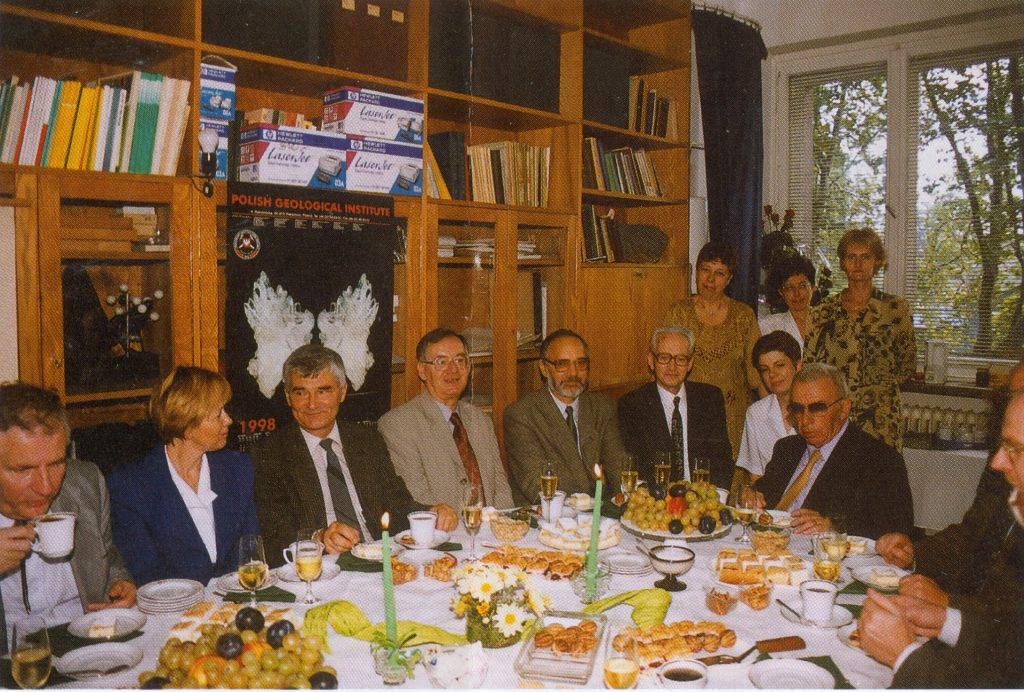

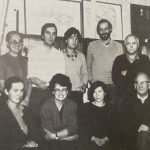
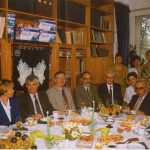
Beginning of the 21st century
One of the most important events in the last two decades transpired in 2006 when the Faculty of Natural Sciences was divided, resulting in the emergence of the Faculty of Earth Sciences and Environmental Management by separating geography and geology. Subsequent significant changes unfolded in the educational landscape. A first-cycle program in Geological Engineering was established through a resolution dated 19 December 2014, followed by the creation of a second-cycle program on 21 March 2018. In 2019, the Doctoral Studies in Geology were discontinued, making way for the establishment of the Doctoral College of Geography and Geology under the auspices of the Doctoral School of the University of Wrocław.
At present, the Institute of Geological Sciences at the University of Wrocław stands as one of Poland’s largest research and educational institutions dedicated to Earth sciences. Researchers benefit from access to modern, specialized research equipment, which is consistently expanding. The institute’s research and educational endeavors span nearly all facets of geology. Since 2006, the scientific publications authored by staff and doctoral candidates have been meticulously documented in the Institute’s Library and made accessible through the university-wide database, titled “Bibliografia Publikacji Pracowników i Doktorantów Uniwersytetu Wrocławskiego” [Bibliography of Publications by Staff and Doctoral Candidates of the University of Wrocław].
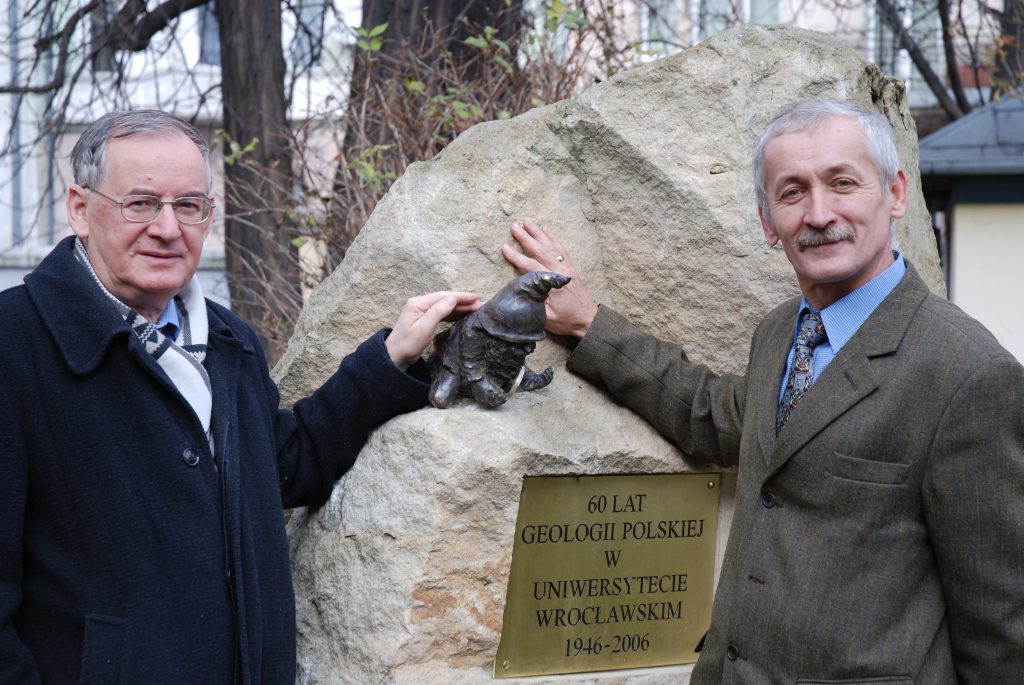
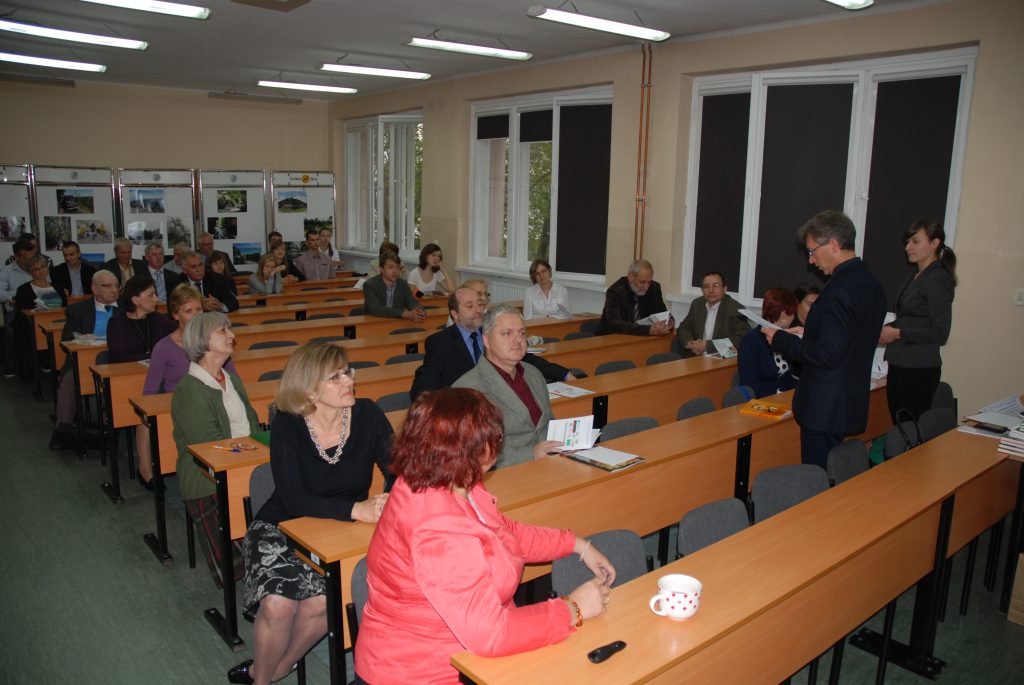
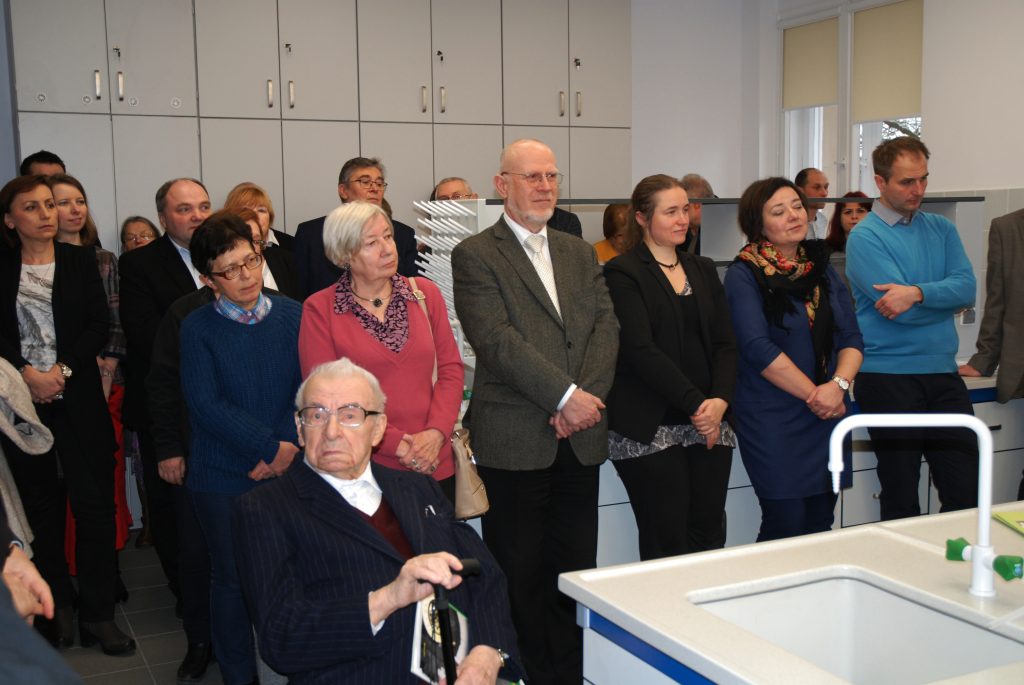
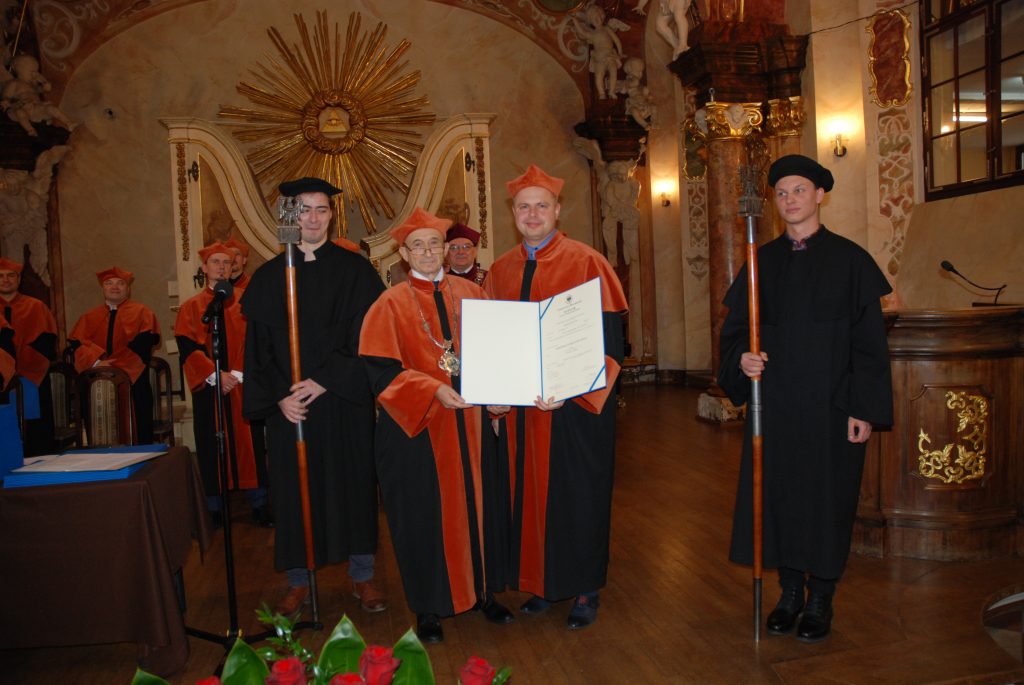
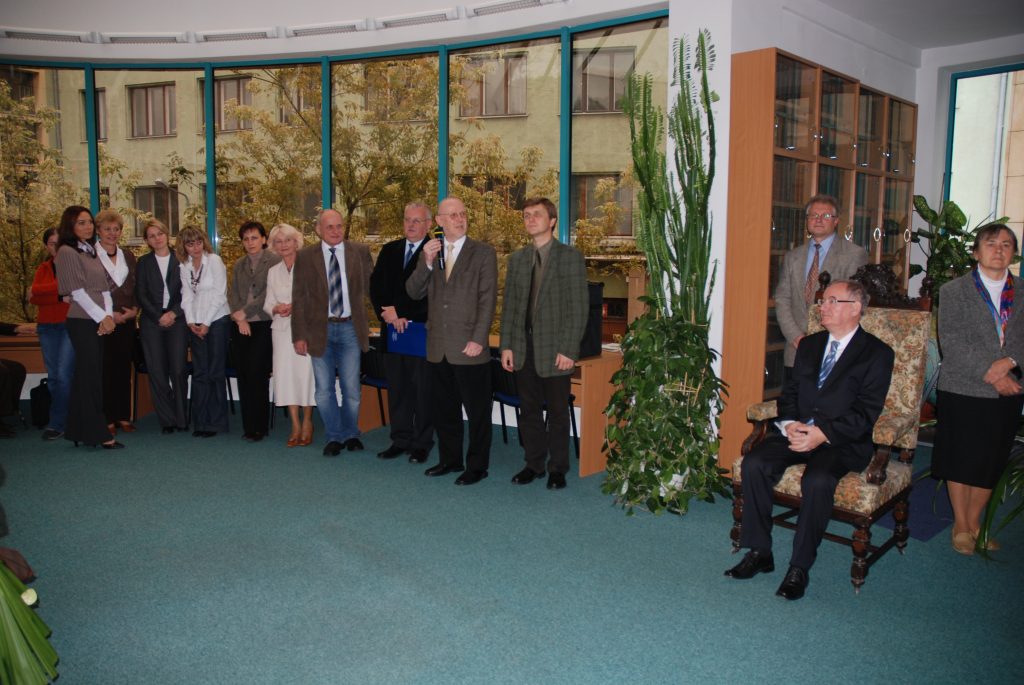
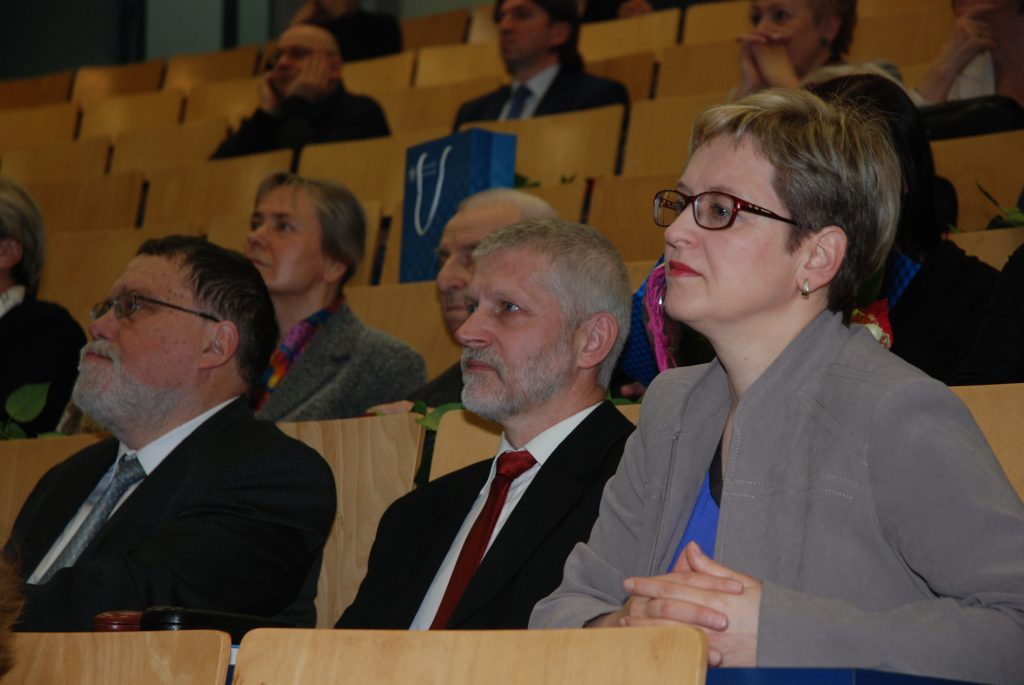
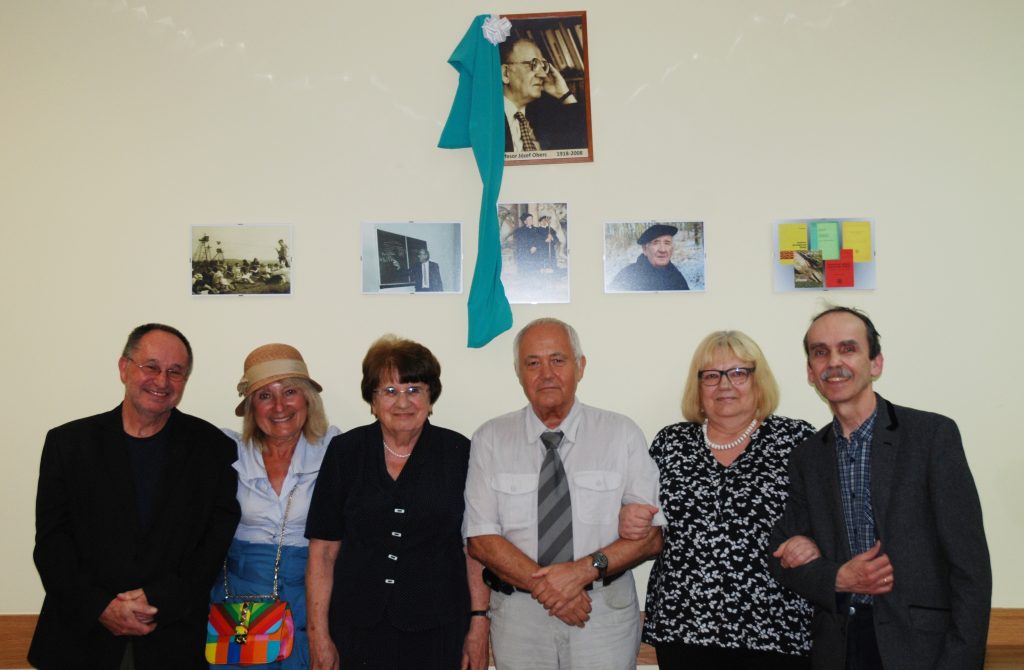
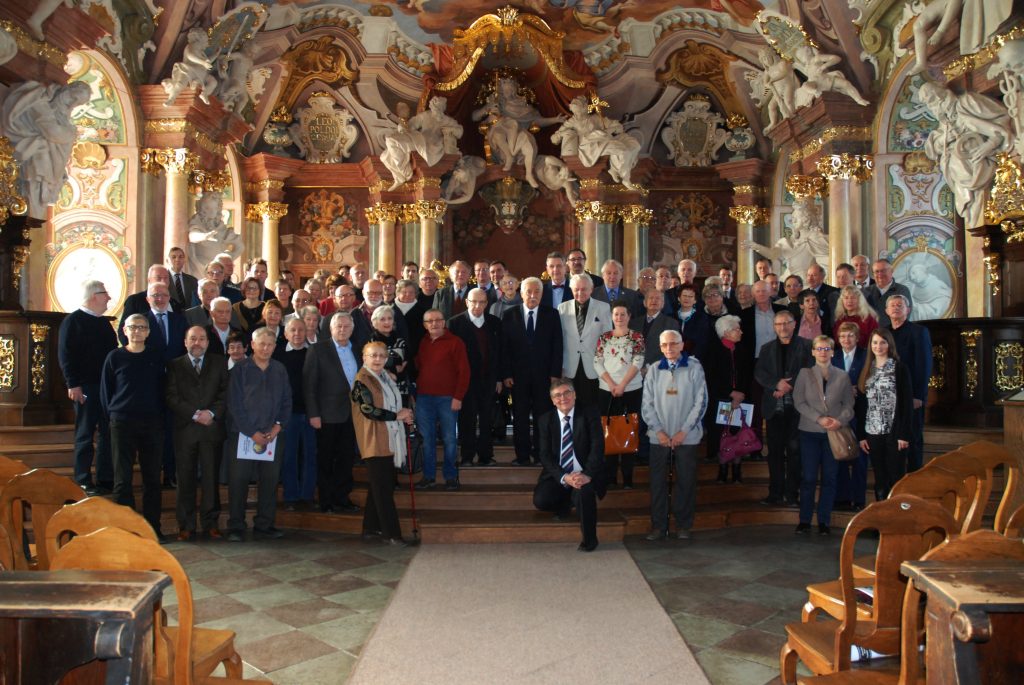
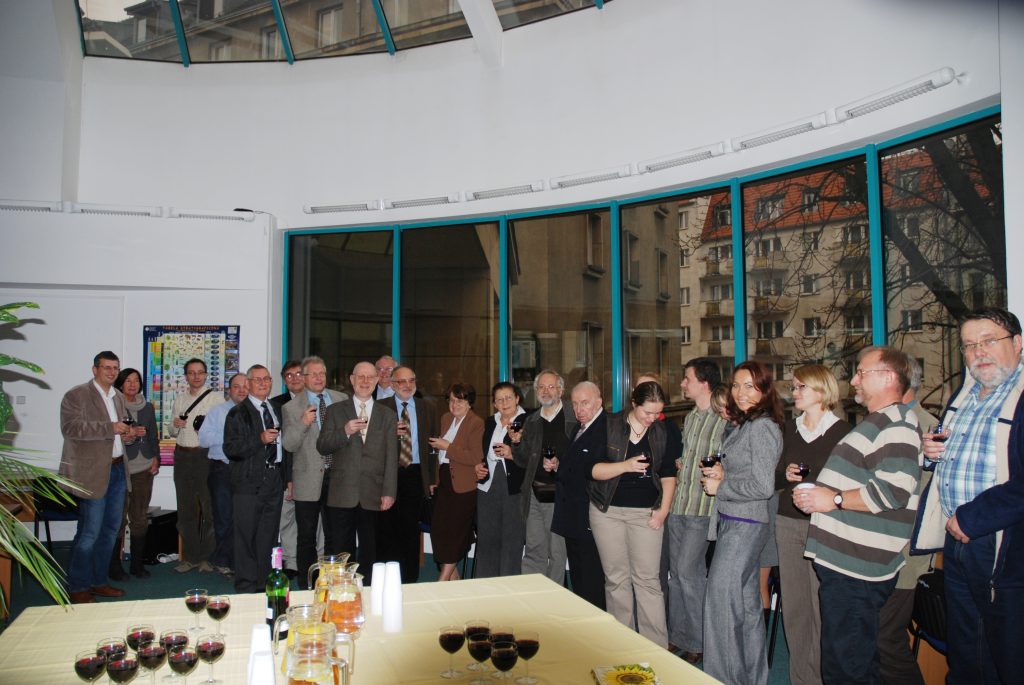
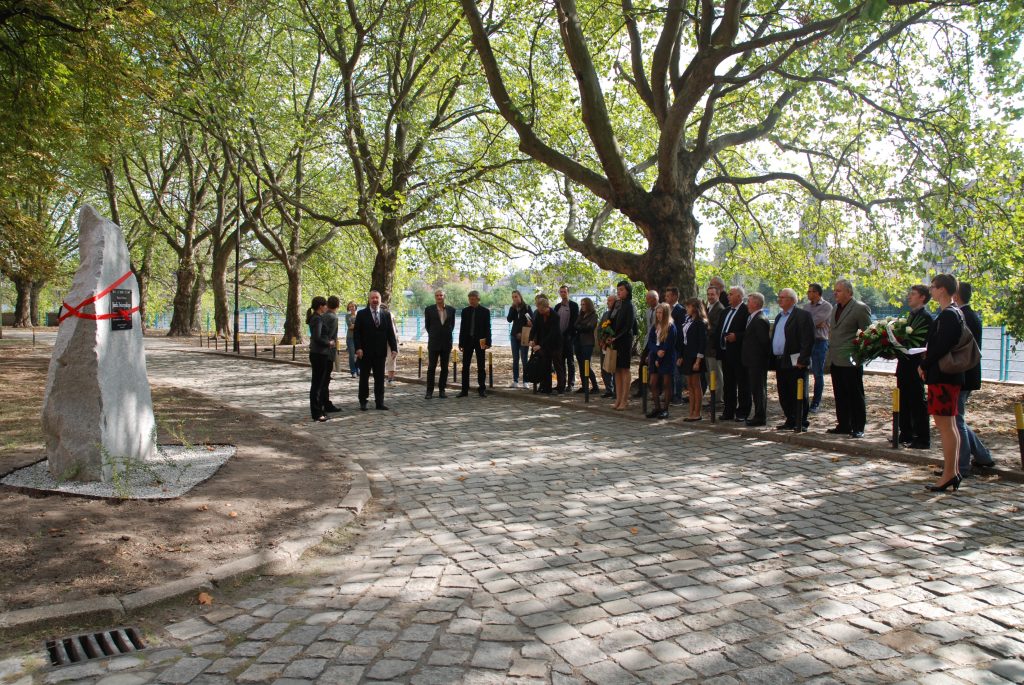
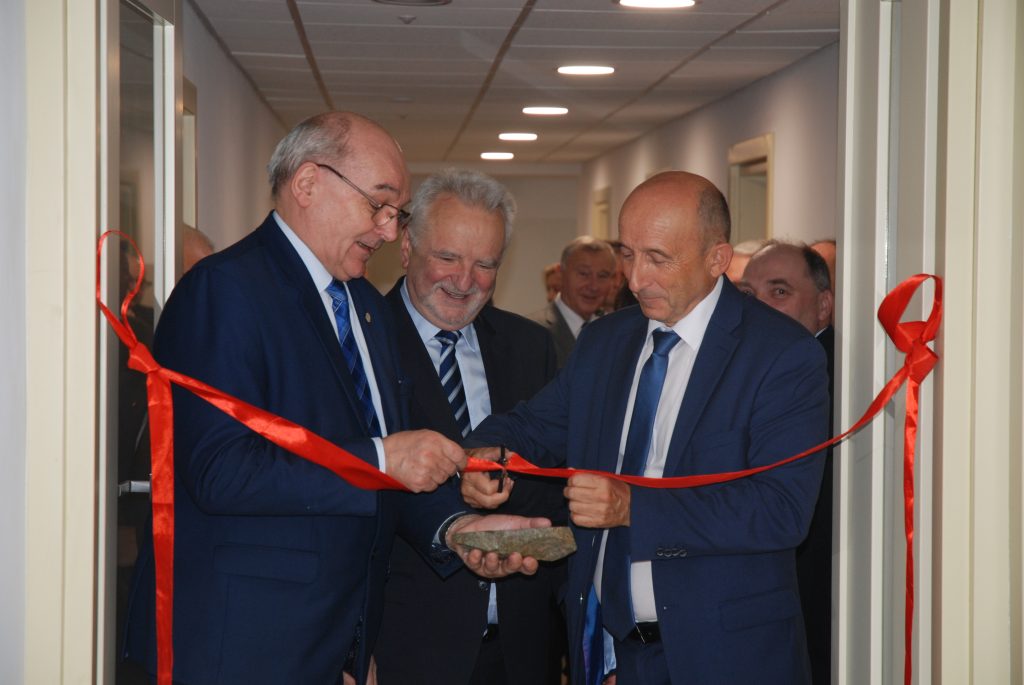
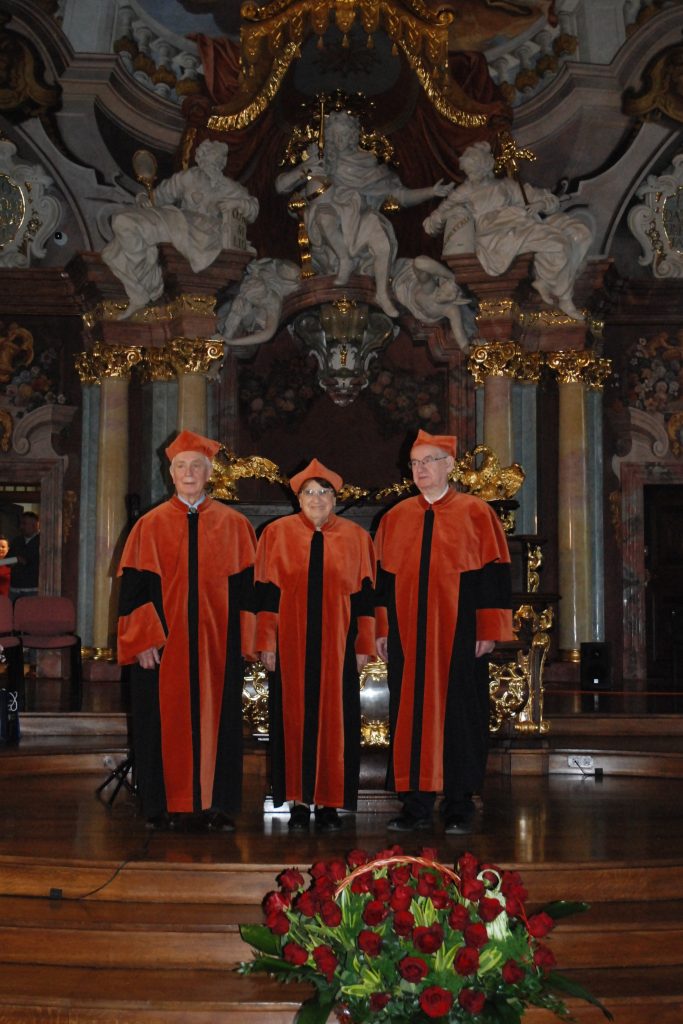
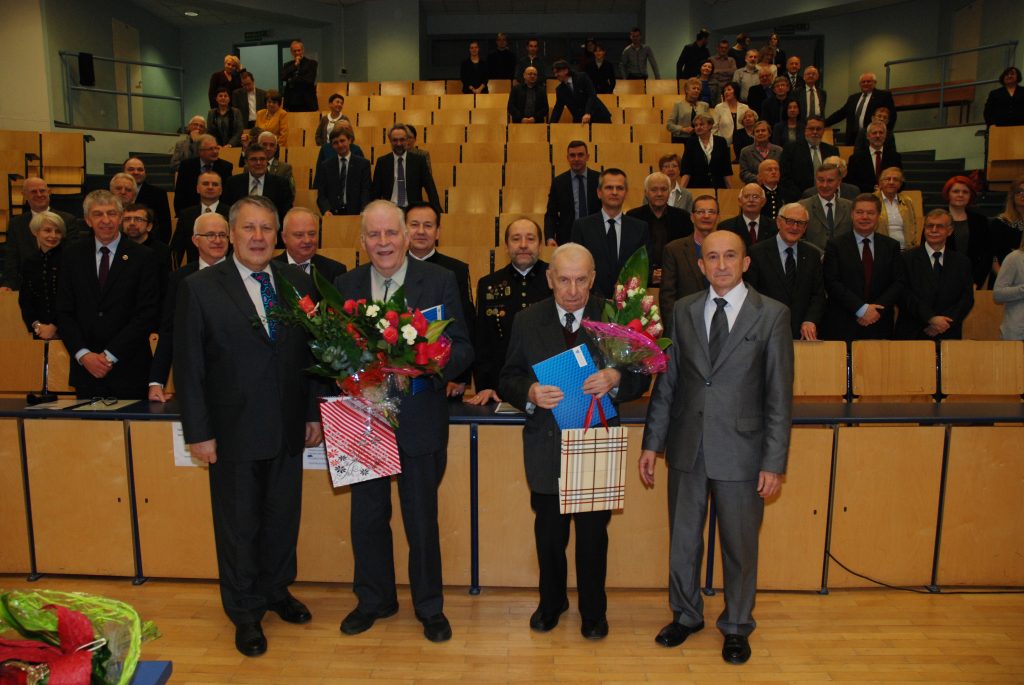
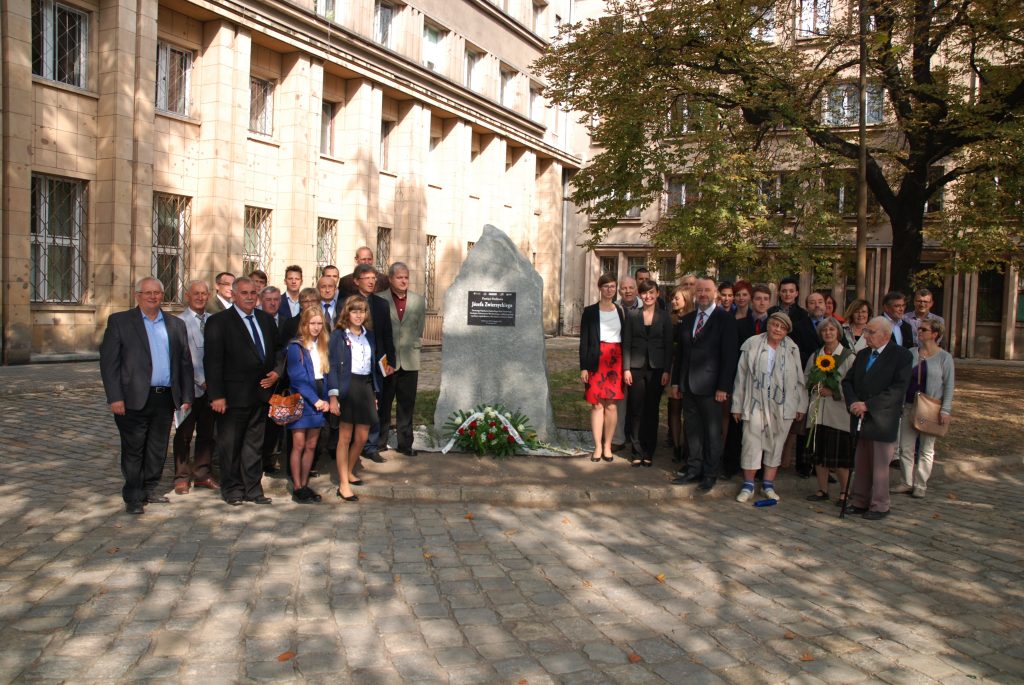
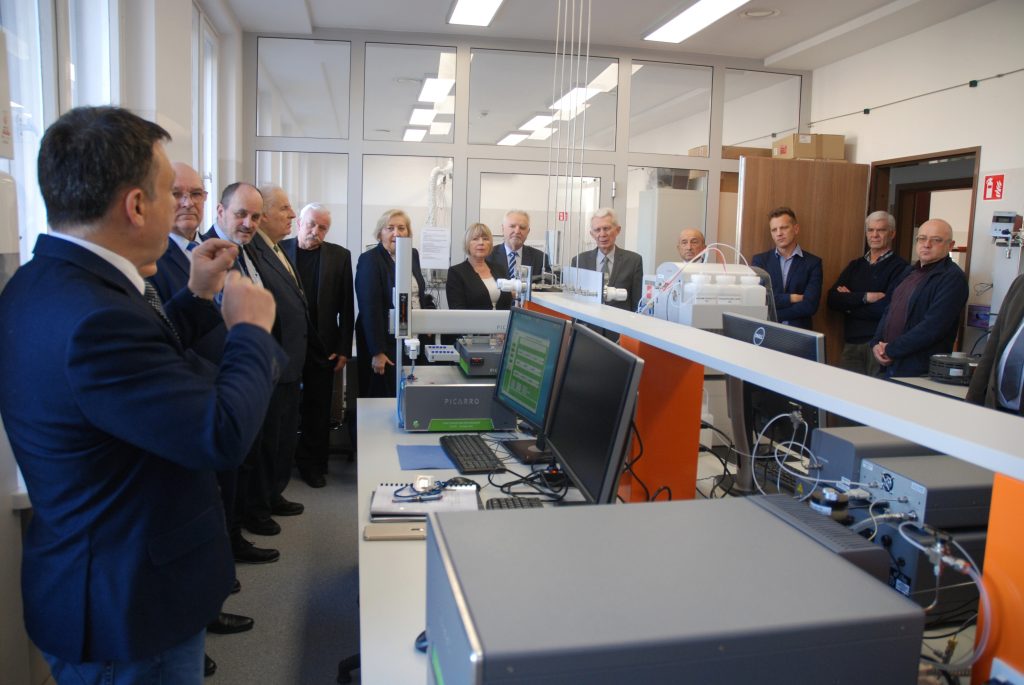
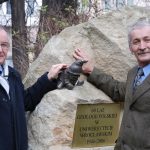
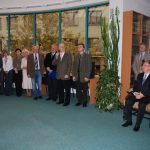
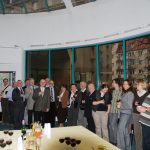
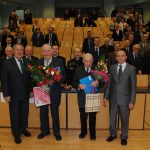
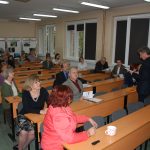
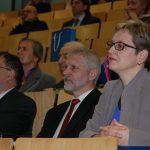
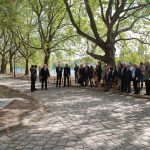
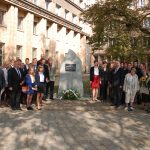
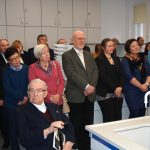

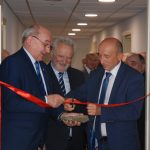
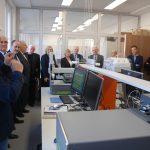
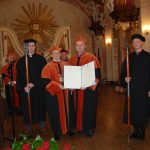
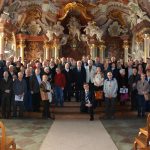
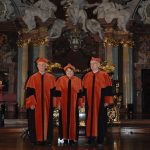
References:
- Gorczyca-Skała J. 1995: „50 lat polskiej geologii na Uniwersytecie Wrocławskim (1945-1995)”. Acta Universitatis Wratislaviensis No 1739, Prace Geol.-Miner. L
- Grodzicki A. (red.). 2003: “Historia nauk geologicznych na Uniwersytecie Wrocławskim 1811-2003”. Acta Universitatis Wratislaviensis No 2550

